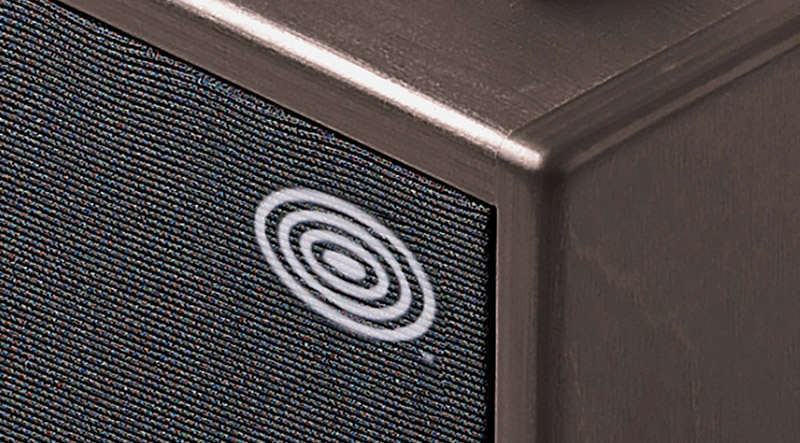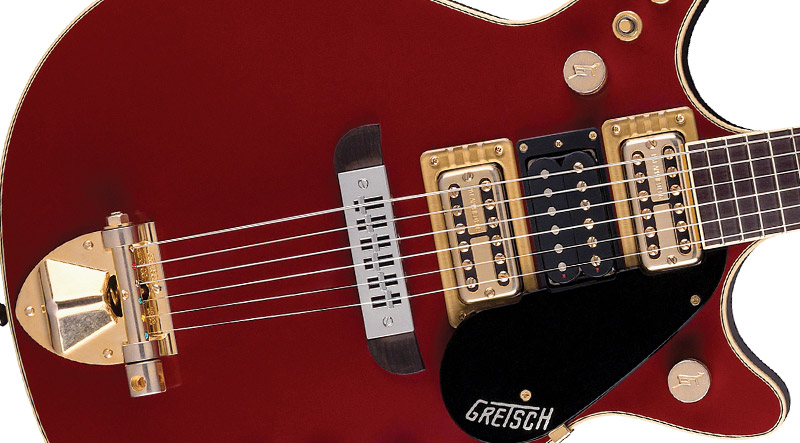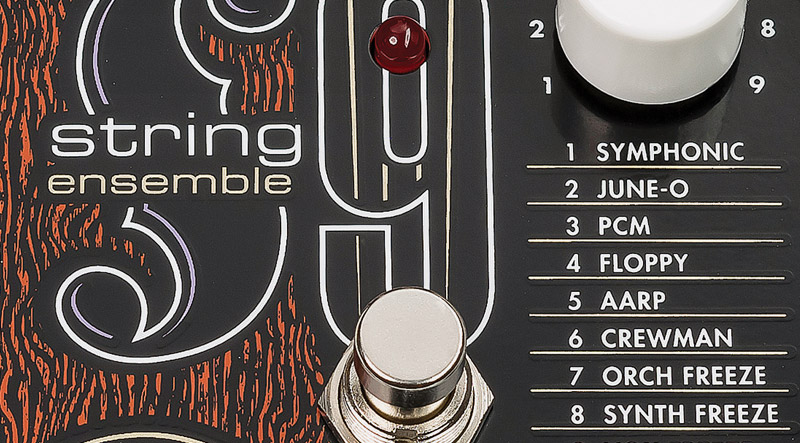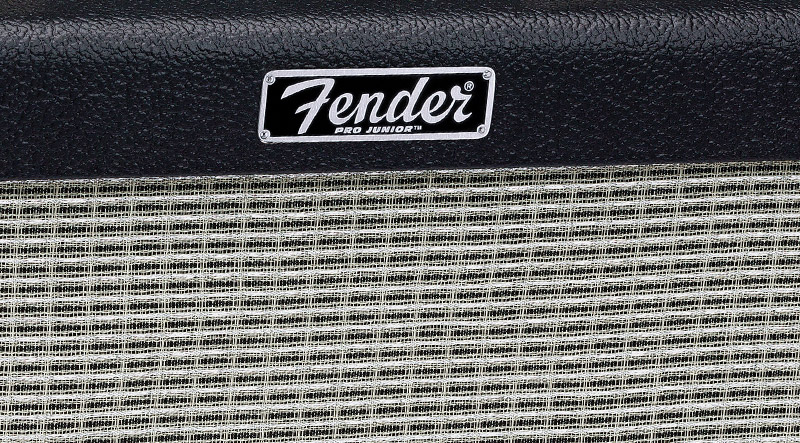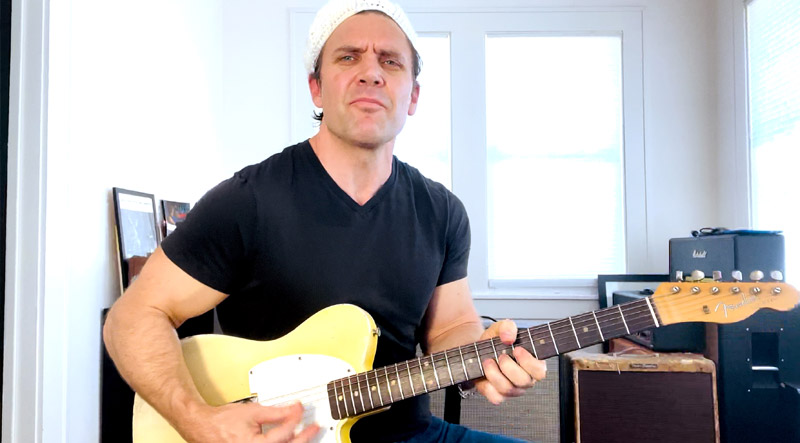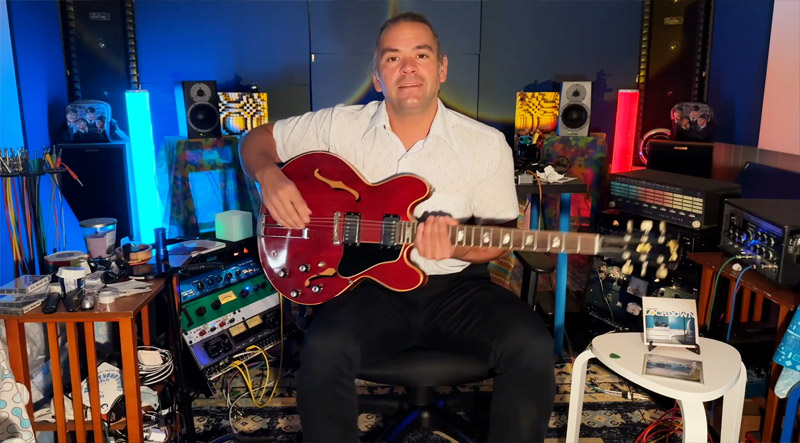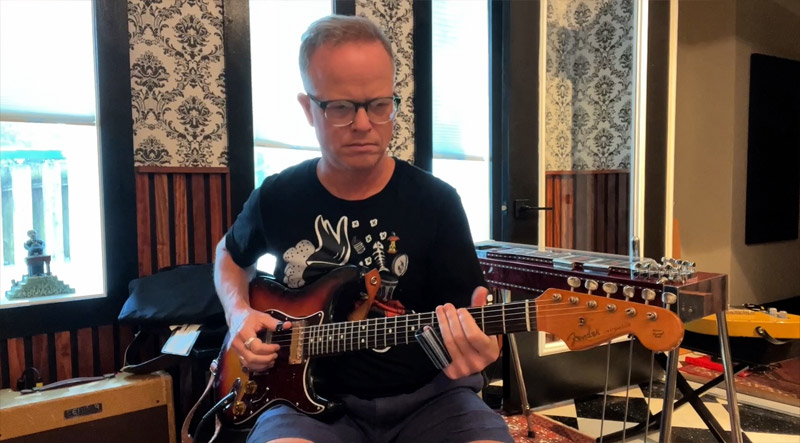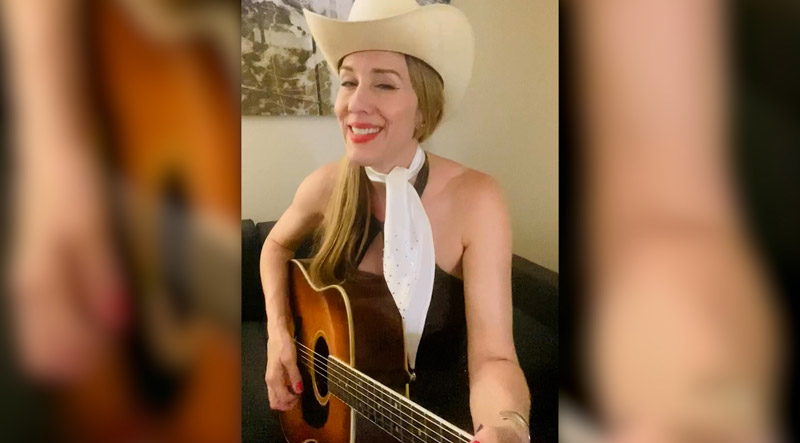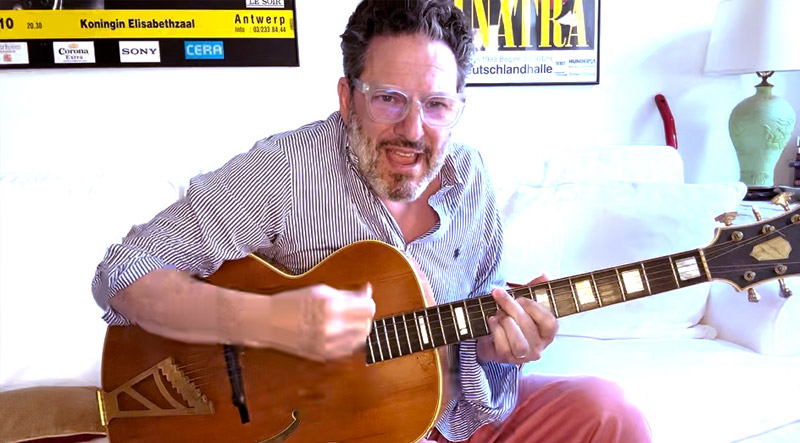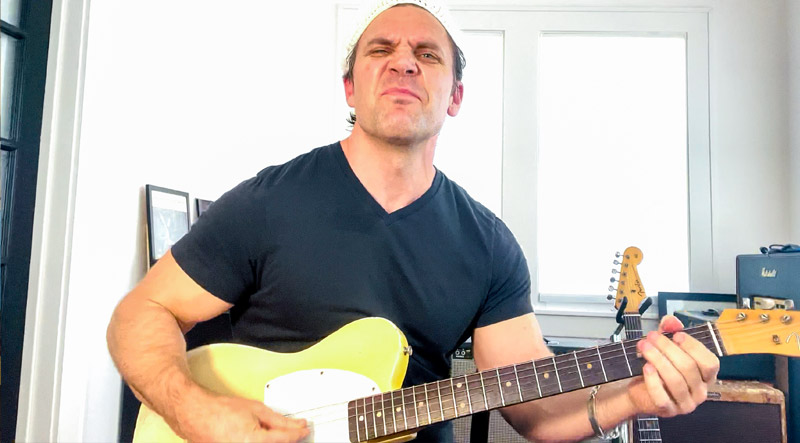
www.schertler.com
In the mid ’80s, Swiss multi-instrumentalist Stephan Schertler decided to follow his passion for electronics and created the Schertler brand of pro audio products. Realizing the demand for small but professional studio/practice amps, Schertler’s high end acoustic guitar amp designs were quickly praised by players around the globe. The Giulia X Acoustic combo may be the smallest amp in Schertler’s current lineup but the sound is far beyond what you would expect.
Our test amplifier is a compact, 70-watt/two-channel solid state combo with XLR mic input (with 24-volt phantom power), 1/4″ input with switchable 10-volt power, Master Volume, and DI out. The three-band EQ, Reverb and Warm switch are universal. There’s also independent Gain controls for each channel and an effects insert.
With a Taylor 214CE plugged in, the Giulia’s EQ and Gain readily dialed-in a clear, balanced tone with a touch of warmth. Its two-way speaker (1.5″ tweeter, 5.5″ woofer) and ported bass-reflex design exuded a big sound capable of filling a much larger room than you would expect from such a small amp. Tones were musical, vibrant and spacious, especially with a touch of reverb. With an SM58 plugged in, dialing-in good vocal and guitar tone was a challenge with the shared EQ, and we got better results by dialing-in the mic, and using the Taylor’s onboard EQ to fine-tune its sound. With the Warm switch engaged, highs are rolled off considerably with more pronounced lows and mids. This could be useful for acoustic bass or overly bright guitars.
The Giulia X is a compact, full-featured amp with just enough volume for small gigs, but excels as a high-end practice/studio amp. With the DI going to a PA, it could be played on any stage or venue with world-class tone.
This article originally appeared in VG’s January 2023 issue. All copyrights are by the author and Vintage Guitar magazine. Unauthorized replication or use is strictly prohibited.

